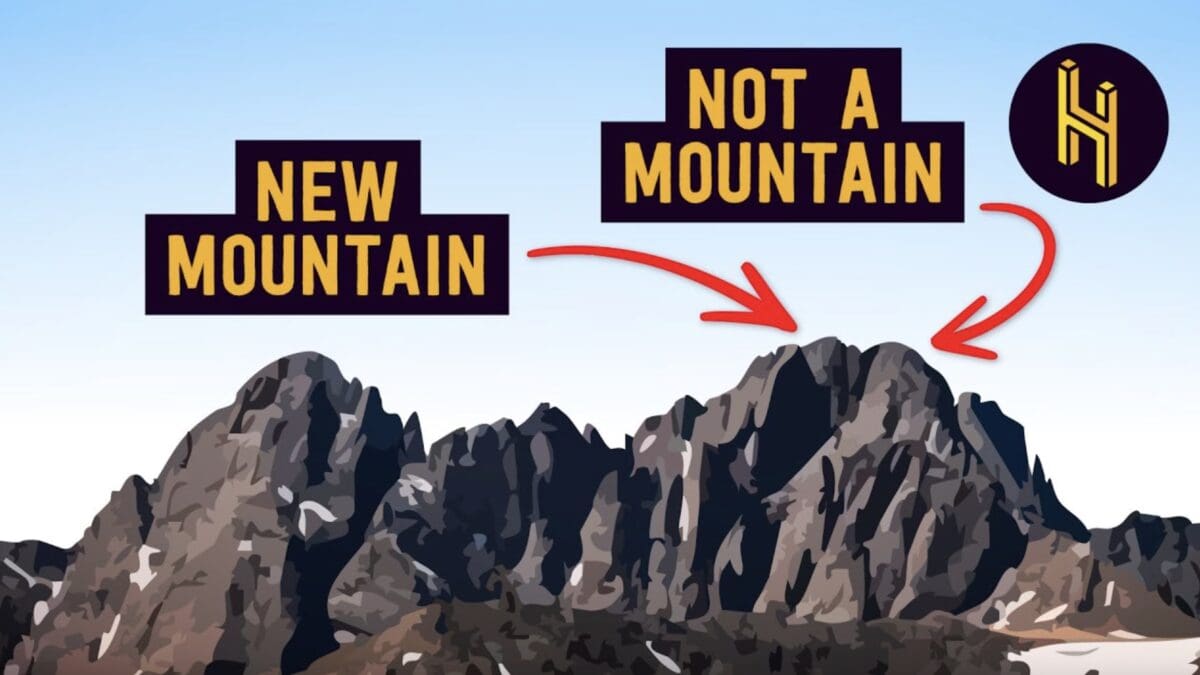Here’s a question: how do you accurately measure a mountain? Like how does one figure out the exact altitude of a mountain’s summit? That’s what orometry studies, and it’s how scientists recently discovered a new 14,000 foot mountain in Colorado while bumping a separate summit off the list. Half As Interesting dove into the specifics of how this team actually went about measuring Colorado’s East Crestone and Crestone Peaks.
There are several ways mountains have been measured throughout history. Ancient Greeks used triangles to determine heights, but those measurements were often greatly overestimated. The 1802 British Trigonometrical Survey, which set out to map the Indian subcontinent, used triangulation to measure mountain summits.
There were several problems that went into this triangulation method, including actually determining what sea level is and the failure to account for refraction and curvature. There’s also the problem of Earth’s equatorial bulge, which technically makes Chimborazo the tallest mountain from the planet’s core. You also have to consider what the actual heigh of a mountain is, as Mauna Kea is technically the tallest mountain from base to peak, though much of it is underwater.
Today, satellites can do a decent job at measuring a summit, but only if a receiver is placed at the exact peak and that’s usually not the case. You can also use LiDAR by having planes send light pulses at the ground and measuring the time it takes for that light to return.
An original 2018/2019 measurement with LiDAR showed that Crestone Peak’s summit was slightly higher than East Crestone, making East Crestone a subpeak and thus not a 14er. However, researches took a more recent look at the information and realized that something was off. To confirm, they used differential GPS receivers on both summits and found that East Crestone is actually taller.
As an important note: this study is still in pre-print and has not been peer-reviewed, so while seems like East Crestone might be taller, we don’t know for certain yet.

